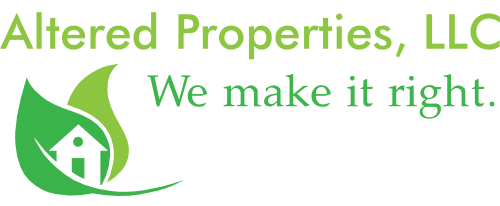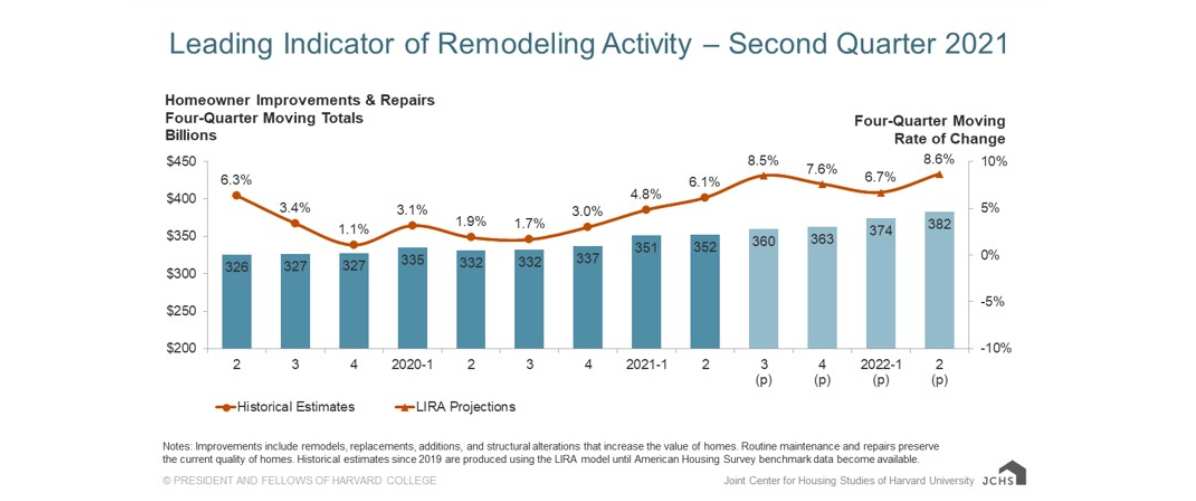There’s more good news for integrators in terms of potential projects coming from existing homes. According to the latest Leading Indicator of Remodeling Activity (LIRA) released by the Remodeling Futures Program at the Joint Center for Housing Studies of Harvard University, annual gains in home remodeling and maintenance spending are set to accelerate in the second half of 2021 and remain elevated through mid-year 2022. The LIRA projects annual growth in home renovation and repair expenditures will reach 8.6% by the second quarter of next year.
The Leading Indicator of Remodeling Activity (LIRA) provides a short-term outlo
ok of national home improvement and repair spending to owner-occupied homes. The indicator, measured as an annual rate-of-change of its components, is designed to project the annual rate of change in spending for the current quarter and subsequent four quarters, and is intended to help identify future turning points in the business cycle of the home improvement and repair industry. Originally developed in 2007, the LIRA was re-benchmarked in April 2016 to a broader market measure based on the biennial American Housing Survey.
“Home remodeling will likely grow at a faster pace given the ongoing strength of home sales, house price appreciation, and new residential construction activity,” says Chris Herbert, managing director of the Joint Center for Housing Studies. “A significant rise in permits for home improvements also indicates that owners are continuing to invest in bigger discretionary and replacement projects.”
“Larger gains in retail sales of building materials suggest the remodeling market continues to be lifted by DIY activity as well,” says Abbe Will, associate project director in the Remodeling Futures Program at the Center. “By the middle of next year, annual remodeling expenditures to owner-occupied homes are expected to surpass $380 billion.”

